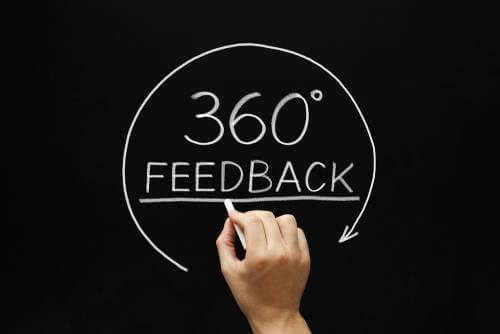Question: My boss wants me to implement a system of performance reviews in the company. I hear so much about 360 degree feedback systems, but I don't know if it would work in our company because our structure is pretty traditional. To be honest, I'm not even sure if we should go with formal reviews. Any advice?

Answer: Formalized performance reviews are important for numerous reasons. For one thing, performance reviews are one method of establishing benchmarks for employee performance. In the age of hectic work environments, these reviews provide for an appointed time to pause, plan goals, and set standards – concrete guidelines that the employee will be judged against in terms of determining promotions, compensation changes, and training needs. True – some companies can accomplish this without including the employee in the process. However, that disregards the employee side of the equation, bringing me to my second point – performance reviews make time for employee input. This is not the time for the employer not to tell the employee what he/she did right or wrong, rather, it is time to discuss with them various aspects of his/her performance. Employees like to be heard by management, and this is the guarantee that, no matter how busy or bureaucratic the organization might be, there is specific time allotted for their input.
For organizations that emphasize multi-directional and team environments, 360 degree feedback performance review systems are great. They enhance team functionality by having performance reviews done from different perspectives – supervisor, subordinate, co-worker, internal contact, external contact, and customer. It is best, however, to implement such systems slowly. Even in environments where people are used to multilevel interaction, having your performance judged by all these people, especially subordinates may cause discomfort. Begin with two or three reviewers and work your way up to a number that you are comfortable with and that works for your organization. Ensure that the supervisor gathering the data from the various reviewers is sensitive to the concerns of the person being reviewed and treats all information accordingly and with the appropriate weight (based on actual contact between the reviewer and reviewee, personal issues, etc.).
For organizations with traditional top-down structures, implementing 360 degree systems can be a bit more difficult. People in these environments are inherently going to be more uncomfortable with the idea of co-workers, rather than their direct supervisor, conducting a performance review. Furthermore, others might not be in a situation to do an adequate appraisal because of the narrow information flow. In these situations, 360 degree systems can be used as a tool to open the lines of communication within the company. But it is absolutely essential to start slowly to build the confidence of the employees in the system. If you decide against a 360 degree system for this type of environment, definitely stick with some kind of a formal performance review process - even if it means the old supervisor-only review standby.
You'll notice that I didn't get into specifics on 360 degree systems. There are many out there: some are out of the box and inexpensive, some are customized and implemented by pricey consultants, while some are created in-house. There is a plethora of choices out there. Many are good and many are not-so-good. I am not prepared to travel down that slippery slope just now. Evaluate your options and make the choice that is best for your particular organization.
Happy Appraising!
- For more information about employee performance reviews read this article: 5 Tips for Writing Employee Performance Reviews.


